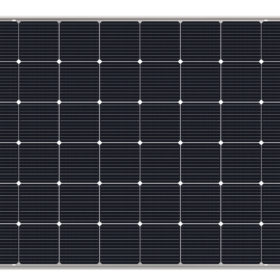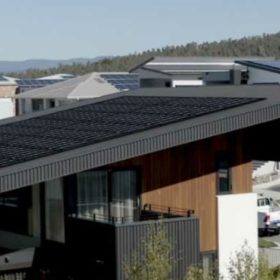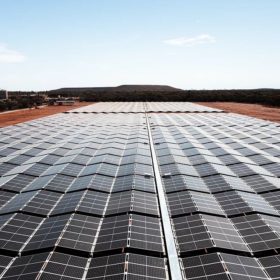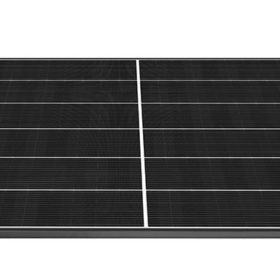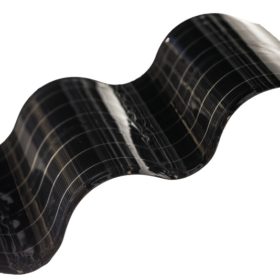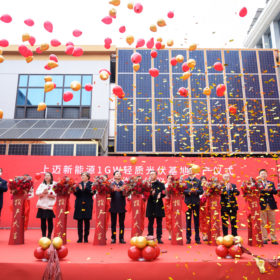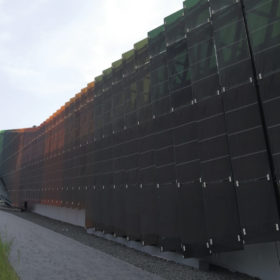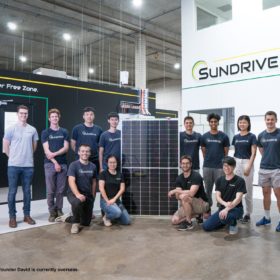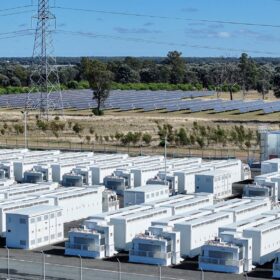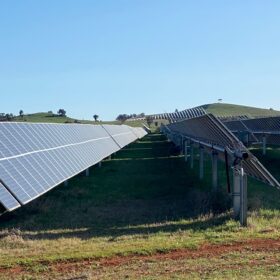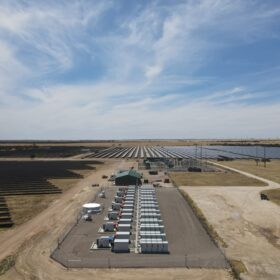TOPCon vs PERC
TOPCon solar cells are on their way to fully compete with PERC solar products, according to recent research from Germany’s Fraunhofer ISE. Efficiency gains for the TOPCon concept, however, are necessary to help it capture more market share, as production costs remain higher than those for PERC tech. A series of cost-driven strategies to make TOPCon modules advance were outlined in the study.
LG launches new Australian solar module range
South Korean electronics and solar PV module manufacturer LG Electronics has announced its new range of solar panels featuring half-cut cell technology and gap-free design for the Australian rooftop market.
Full solar value chain relief is on the way, says ROTH Capital
Philip Shen, managing director of ROTH Capital Partners, hosted top analysts from PV InfoLink to discuss their outlook on pricing, supply and demand at each step in the solar value chain.
Solaris ex machina: 5B gets funding boost for solar installation robots
Sydney-based solar pioneer 5B has launched a $33.4 million tech innovation program, including a $14 million grant from the Australian Renewable Energy Agency, designed to accelerate the delivery of ultra low cost solar. While a majority of the investment is portioned off for an advanced manufacturing pilot line, approximately a third of the available funds will be used to deliver GPS-guided solar deployment robots.
Panasonic unveils 410 W solar panel with 22.2% efficiency
The new heterojunction module series is compatible with Panasonic’s Evervolt battery and has a power output ranging from 400 to 410 W. It also features a temperature coefficient of -0.26% per degree Celsius.
Weekend read: Indium – sustainability, not supply
The supply of indium, both for layers in silicon solar cells and some thin-film PV technologies, is increasingly seen as a future potential bottleneck that solar and other industries relying on the material will have to manage. Resolving indium supply concerns may be a case of rethinking mining waste and recycling, reports Ian Morse.
Sunman opens 1GW lightweight PV module factory
Sunman Energy claims the new factory, located in Yangzhong City in China’s Jiangsu province, is the world’s largest production facility for lightweight photovoltaics.
Asia-Pacific solar supply chain trouble to ease this year, according to analyst
Wood Mackenzie has predicted solar equipment cost increases will ease back after last year saw the average cost of solar electricity rise for the first time in the Asia-Pacific region.
Weekend read: BIPV no refuge
Deployment in the building integrated PV segment is accelerating, and so too are the number of solar products available to architects and developers. And while BIPV had long been the segment in which an array of thin-film technologies could shine, they are now in increasingly stiff competition with crystalline silicon rivals.
Promising Sydney startup SunDrive fabricates its first full-sized panel
World beating Sydney-based startup SunDrive has given itself an early Christmas present in the form of the fabrication of its first full-sized panel. This panel marks the most recent milestone on the road to commercialisation for SunDrive, which set a new world record for commercial-sized silicon solar cell efficiency in September.
